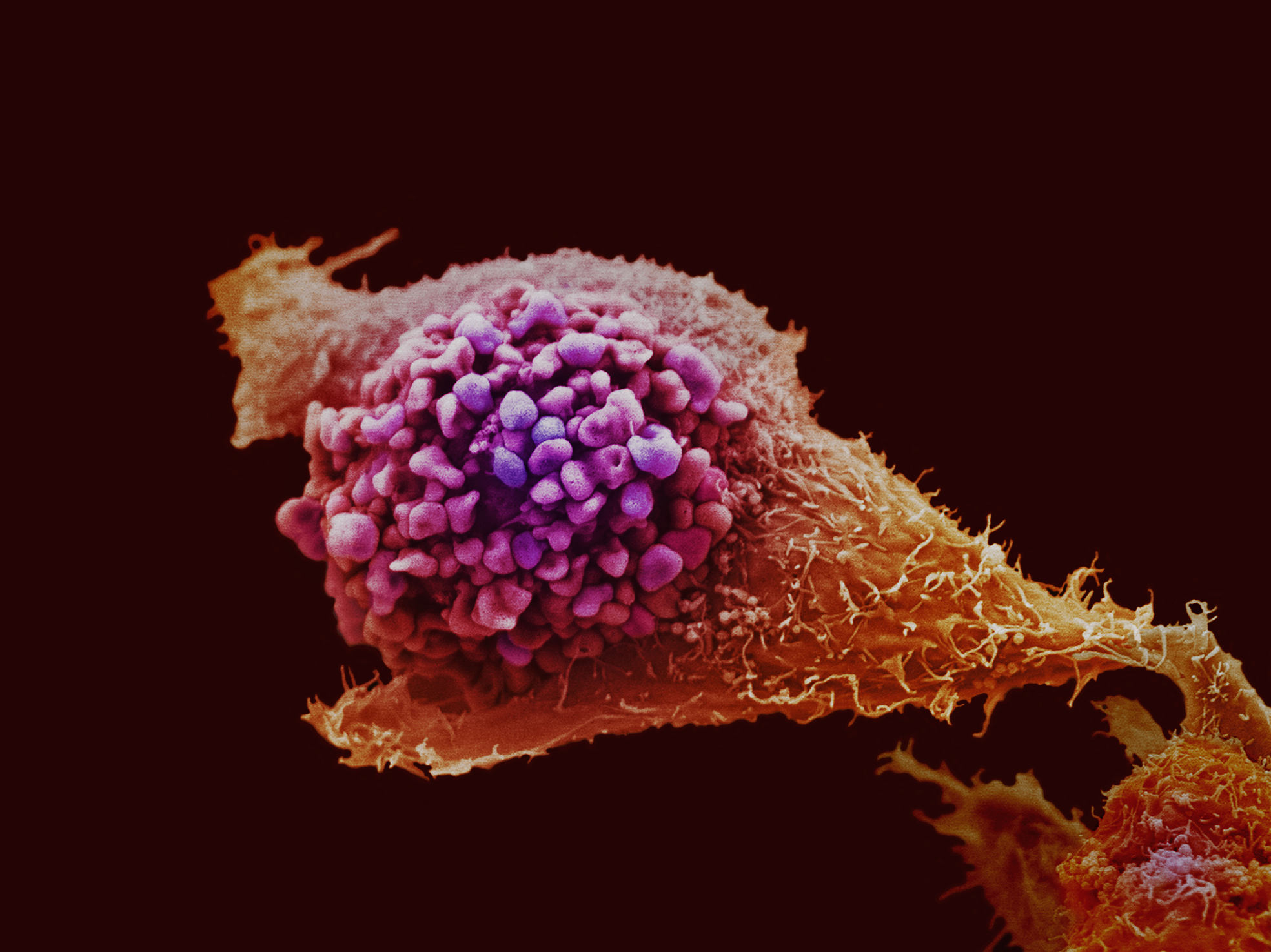Scientists have developed a new way to detect cancer cells in blood using laser-sensitive magnetic nanoparticles.
Cancer occurs when cells in the body mutate, causing them to lose their normal growth inhibitions and divide rapidly.
 This can cause a localised accumulation of cells called a tumour; in the wrong place this can be fatal in itself, but more normally the really dangerous aspect of cancer is when it sheds cells that take up residence in other parts of the body in a process called metastasis.
This can cause a localised accumulation of cells called a tumour; in the wrong place this can be fatal in itself, but more normally the really dangerous aspect of cancer is when it sheds cells that take up residence in other parts of the body in a process called metastasis.
It would be very useful to detect these cells as soon as they get into the bloodstream, but there may be only a few thousand of them in the blood at any one time, so the amount of blood you would have to screen would be impracticle.
But now Ekaterina Galanzha and collegues have come up with an interesting solution to this problem. First they inject tiny magnetic particles which are chemically attached to a molecule that docks with a receptor carried by many types of cancer cell. This means that any cancer cells present ultimately become covered with magnetic particles.
Then, by placing a large magnet adjacent to a blood vessel, the magnetically-decorated cancer cells accumulate along the side of the vessel; the longer the magnet is there there more cells accumulate.
To detect and quantify them, pulses of laser light are fired into the blood vessel. This is absorbed preferntially by the particles, causing them to heat up, which creates a detectable sound. The louder it is, the more cancer cells there must be present.
Any nanoparticles not attached to cancer cells tend to get washed away by the blood flow, but to increase the specificity of the assay the researchers also added a second set of nanoparticles, these ones consisting of miniature gold rod structures, which stick to a different receptor on the cancer cells. They also respond to a different wavelength of laser light, meaning that if both particles are present the you can be reasonably sure that a genuine cancer cell has been detected.
The technique has successfully detected cancer cells in experimental mice, and the results seem to tally with the cell counts seen in the animals, suggesting that the same approach could have practical and diagnostic uses in humans.










Comments
Add a comment